On 4th March 2025 Banbury Stamp Society were entertained by John Walker who talked on the subject of “The Postal History of the Korean War”.
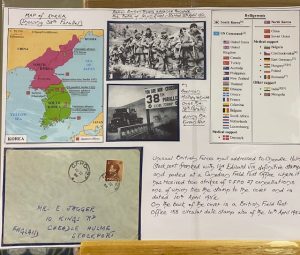
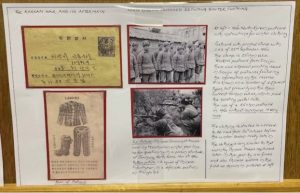
John explaining that the Korean war started in 1950 with an unprovoked attack by North Korea upon South Korea. The Northern forces advanced very rapidly leaving the South occupying only a small area in the southeast corner of the peninsula.
The crisis was urgently debated by the United Nations and the UN resolved to raise an international army to resist North Korean aggression. John pointed out that the UN resolutions only passed because the Russian delegation were absent from the UN at the time and thus did not use their veto.
In all 16 nations contributed to that force with the United States forming the largest contingent and proving its military leadership. Initially the allies were very successful driving the communists almost to the Chinese border. At this point the Peoples Republic of China intervened and drove the allies south.
John was able to display postal items and ephemera from all nations involved in the conflict. An interesting feature of his display was that all communist material was shown on red cardboard mounts giving them a red border whilst all non-communist material was shown on light blue mounts, light blue being the colours of UN peacekeeping forces.
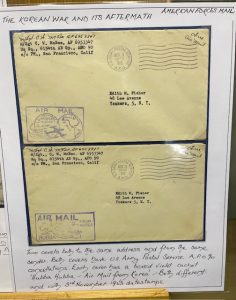
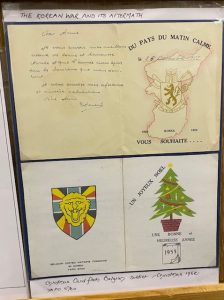
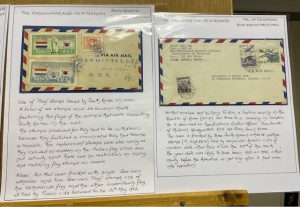
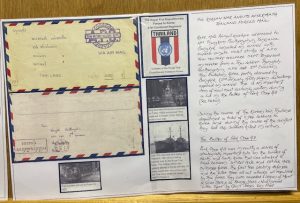
He was able to show us material sent to and from Korea by participating soldiers and he explained that some material is now very rare and difficult to find. He highlighted the difficulty in obtaining material relating to the Ethiopian, Philippine and Luxembourg deployments, the latter being a result of the fact that the Grand Duchy only sent 44 soldiers to the war.
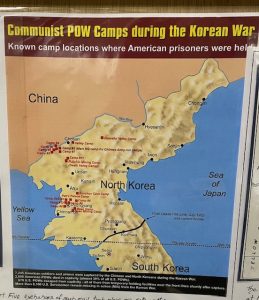
John was able to show some particularly poignant material relating to prisoners of war. He explained that this material is very rare and always in very poor condition reflecting the hardships experienced by POWs. He explained that conditions were appalling and that prisoners were forced march to camps near the Chinese border often over long distances without food, water, proper sanitation or medical care. As a result, the death rate amongst allied POWs in Chinese “care” reached nearly 40%. A letter from a camp was usually the only way that a family knew that their relative was still alive.
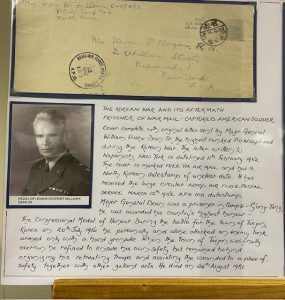

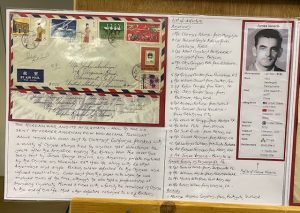
Finally, John showed some material from communist participants including a “martyr’s certificate” issued by the Chinese government to families who had lost a relative fighting in the war. He explained that a ceasefire ended the war but to this day no peace agreement had been reached. He felt that we should acknowledge that Britain provided the second largest contingent of soldiers to the allies and that most of them were national servicemen, barely out of their teens and that it was a traumatic experience for many.
The next meeting will be on Tuesday 18th March which will be our annual dinner at the Wroxton House Hotel. The Banbury Stamp Society is on-line at ‘www.banburystampsociety.co.uk’, or contact John Davies on 01295 255831.